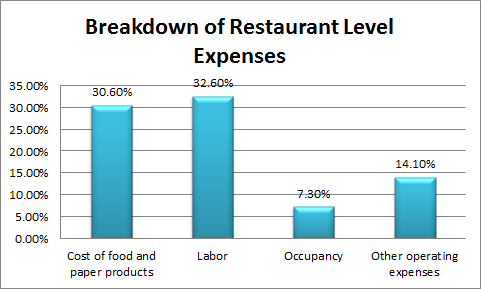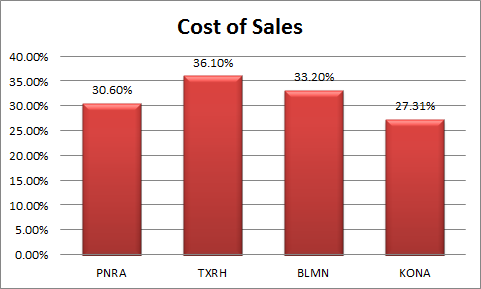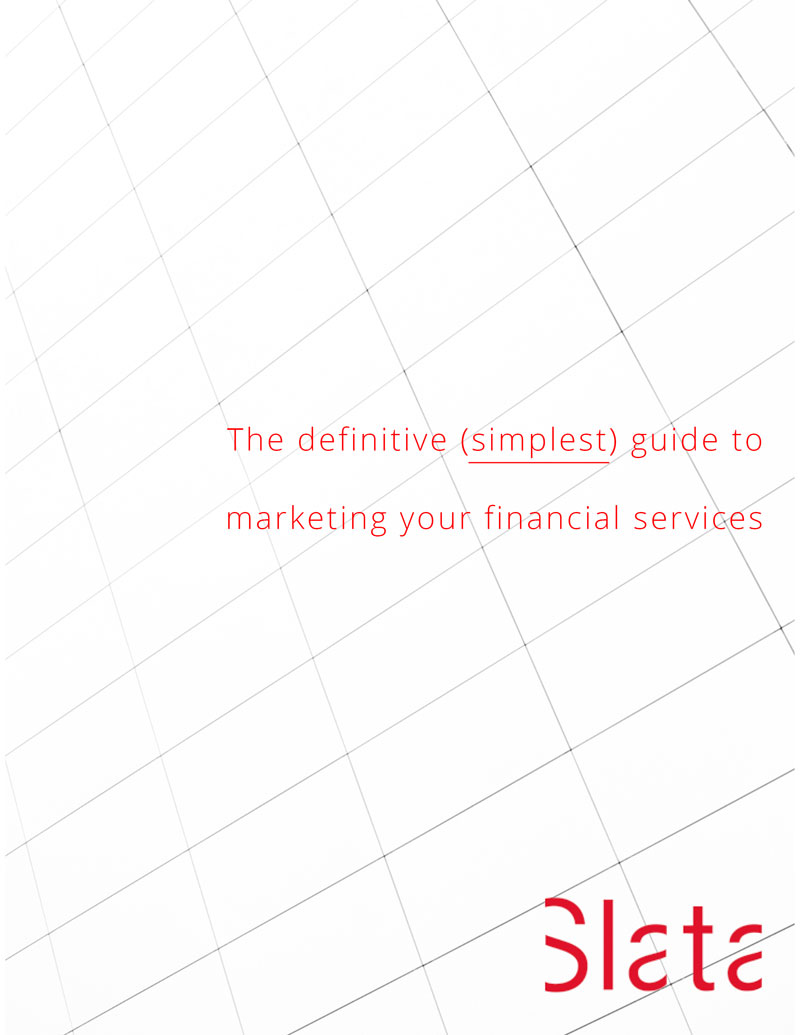7 marketing strategies that will turn a holiday fling into a long-term … – Mashable
As the many big brand holiday advertisements trickle out online (like the highly controversial spot from Bloomingdales), the imminence of the lucrative holiday period has hit hard for many small business owners, sending strategizing into full swing.
Amid the intense focus on scoring sales in a sea of competition, it can be easy to forget what should be the priority — winning a client who sticks around long after the final slice of ham is eaten and the lights come down. If the value of loyalty escapes you, know this: according to Harvard Business Review, increasing customer retention rates by just 5% increases profits by 25% to 95%.
With this in mind, we’ve gathered the top 7 marketing strategies that will win long-term commitment.
1. Give something for nothing
‘Tis the season of giving, but so many brands are too fixated on what they’re going to get to realize that it’s what they give that will win the long game.
One phenomenal example of this is OfficeMax’s on-going Elf Yourself campaign. Nine years on from its conception, the campaign has become a revenue source in and of itself with mugs, mouse pads, and even DVDs of your ‘elfed’ self available for purchase, but its popularity and incredible shares are in large part the result of being a completely free, personalized and relatively unbranded experience.
The much-loved campaign has generated incredible amounts of good will and loyalty around the brand.
2. Use custom content to make holiday searching extraordinarily simple
During a season full of stressful and time-consuming experiences, the number one way you can win a customer’s loyalty is by creating a website experience that is fast and simple. Custom content devoted to gift suggestions and sort-by functions are two simple ways to do this online — they minimize the noise to give the customer only what they really want to see — and the content developed can serve to inform in-store displays for on-the-go shoppers.
Indie online foodie spot Mouth do an amazing job of this online with a dedicated gift section that allows customers to sort by gift type and by price low to high. They offer just the right amount of options — enough to accommodate different tastes, but never so many that the shopper becomes overwhelmed.
3. Build personal connections with data
In a study published in the Journal of Applied Social Psychology, researchers discovered that waiters were able to increase their tips by 23% simply by offering their customers a second set of mints and framing the act as if it were for them and them only.
The lesson to learn here is that a personal, meaningful connection is essential to getting the most out of people, and the way to achieve this is through customer data.
Even something as simple as collecting data on whether a purchased item is a gift can be used to send a friendly follow-up that offers the buyer something special for himself or herself together with a query about how the gift was received.
4. Make the small print a big deal
During the course of the year, your refund or exchange policy and other fine print like gift voucher expiry dates should exist as a stalemate. Over the holidays, they can become a feature.
This is especially true for the ever-popular gift voucher purchase, where often terms and conditions are murkier territory. Being completely transparent can break down what otherwise might be a barrier to purchase and ensure the buyer and recipient’s experiences are highly positive.
Remember that no matter how transparent you may be, it’s crucial to have a strategy in place for when things go wrong or complaints come in. This will help your team turn a negative experience into a positive one for customers who misread or misunderstood policies.
Video: YouTube, kate spade new york
5. Get mileage out of your video
For a small business, video can get expensive. But if you have an amazing idea for video content, you can get extra miles out of it with editing and placements.
Last year fashion retailer Kate Spade created ‘#missadventure‘, a video series starring Anna Kendrick, and made the most of each clip by creating short pre-roll and shoppable formats. They also created 5-second clips made for mobile viewers with short attention spans and shared snippets across social media.
6. Use data to make changes
The increased traffic over the holiday period is a golden opportunity to get a sense of the way customers interact with your business in person or navigate your website, but all of this data is worthless unless you set a plan in place to actively make changes in the new year.
Metrics on where people bounce off your site, comments and complaints on social media platforms and maps of user flow (both online and in store) will help you improve your business. The trick here is in letting people know when you’ve made a change (through social media, email, or in-store) and asking for their feedback.
7. Bring real life, online and vice versa
If you’re still thinking about your business website, social media platforms, blog and real life presence as separate entities with separate strategies: stop. The best marketing strategies live across your brand’s entire presence, creating one cohesive message that shows the world what you stand for.
Starbucks does this incredibly well with each and every celebration. This year’s bizarre red cup controversy is a testament to how iconic the seasonal design tweak really is, and the brand seamlessly integrates this in-store activation online with an Instagram Red Cup Contest which provided content for Pinterest, Facebook, and Twitter and a design tweak to bring the festivities to the business website. Despite a surely-enormous marketing budget, Starbucks still heralds simple ideas and consistency across platforms – and strikes success every time.






















